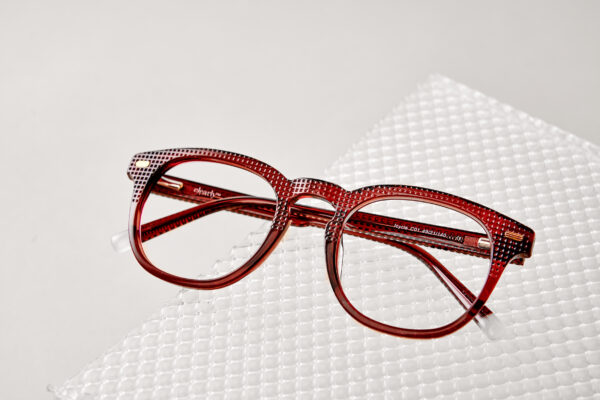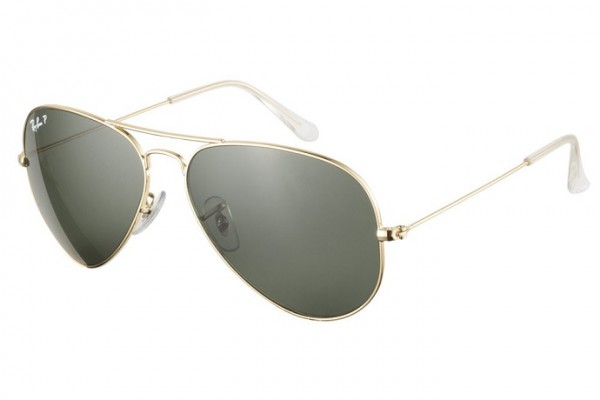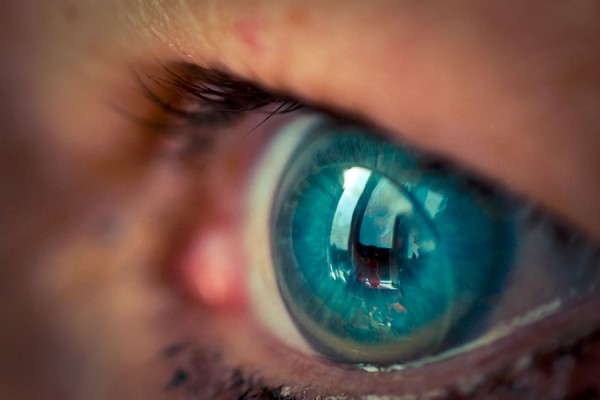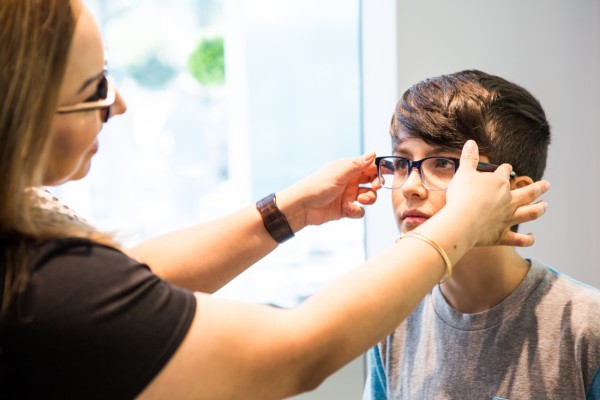Updated on February 18, 2021. Reviewed by Chris Day (Optician) and Dr. Justin Asgarpour (Optometrist).
Looking for an easy explanation on how to read your glasses or contact lens prescription? You’re in the right place.
We’ll help you understand what your eye care professional means by all those numbers and letters on your prescription, so you can enter these details with confidence when you shop for eyewear online.
There’s one key thing to remember about glasses and contact lens prescriptions: the measurements are different.
A glasses prescription is intended for the purchase of glasses only – it does not include information that is required in a contact lens prescription. If you wear contacts, you’ll need a prescription specifically for contacts. (More on that later)
Read on to learn everything you need to know about how to read glasses and contact lens prescriptions before shopping for eyewear.
Prescription eyeglasses and contact lens prescriptions: FAQ
Let’s start with some of our most frequently asked questions about glasses and contact lens prescriptions. Follow our guide to find the answers on how to read glasses prescriptions:
- What do the numbers on my prescription mean?
- How do I read my glasses prescription?
- What is the difference between progressive, bifocal and single vision glasses?
- How do I read contact lens prescription?
- What are the key differences between a glasses and contact lens prescription?
The following tips will help you decipher and understand your eyewear prescriptions. If you get stuck, get in touch with our Customer Service team. We’ll be happy to contact your Eye Care Provider to verify your prescription for you.
What do the numbers on my prescription mean?
Your prescription may include the following: SPH, CYL, Axis, ADD and Pupillary Distance (PD). 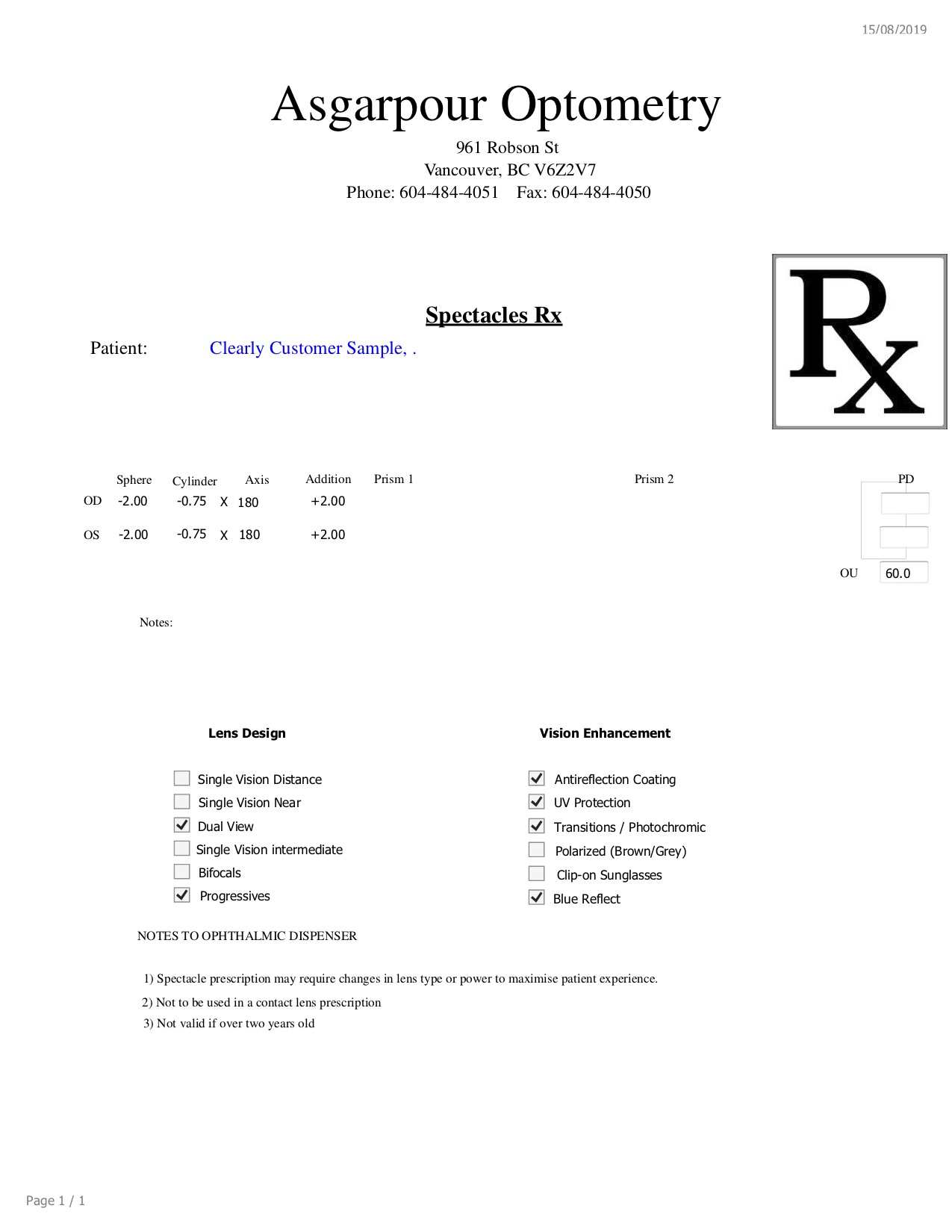
The first four parameters have to do with your visual correction. PD is a crucial measurement we need to make your glasses.
Here’s the meaning behind each of these letters and numbers on your glasses prescription:
1. OD “oculus dexter” indicates your right eye’s parameters.
2. OS “oculus sinister” shows your left eye’s parameters.
3. SPH “sphere” indicates the amount of lens power prescribed for nearsighted or farsighted vision. It is measured in diopter and uses (+) for farsightedness (hyperopia) and (-) for nearsightedness (myopia).
4. CYL & AXIS: a Cylinder (CYL) and Axis number (between 0 and 180 degrees) are required to correct Astigmatism. Both parameters will be required together.
5. ADD: provides magnifying power for reading, bifocal, multifocal and progressive lenses. You will most likely have the same number for both eyes that usually ranges between +0.75 and +3.00. Occasionally, lower add powers than +0.75 can be found on a prescription. These are for Anti-Fatigue lenses such as our SightRelax lenses.
There is a separate prescription for your right eye and your left eye. Most of the time, OD and OS are indicated on the left of your prescription and the following numbers show each eye’s specific needs. Some glasses prescriptions also include additional numbers such as:
6. Prism: measured in prismatic diopter (p.d.). It is required when eye alignment needs assistance. It is indicated as follows:
-
- BO (base out)
- BU (base up)
- BI (base in)
- BD (Base-down)
Each one of these indicators provide information about the base direction or the thickest edge of the prism. Clearly does not offer prism prescription glasses.
In addition to the general parameters, eyeglass prescriptions can require a Pupillary Distance (PD). Your PD is the distance between the centre of one pupil (the central black dot of your eye) to the centre of the other pupil. It is measured in millimetres and is an important part of your prescription.
PD indicates where the optical centre of your lenses should be placed, so you can have the best, most comfortable vision. It is generally mentioned in your eyeglasses’ prescription with the letters ‘PD’. If you can’t see it, you can learn how to measure your pupillary distance.
How do I read my glasses prescription?
Once you understand the sections of your glasses prescription, you’ll be able to figure out what all those numbers mean.
If you see a – , it indicates nearsightedness. If you see a +, it indicated farsightedness. If you notice an ‘Add’ power, it means you require magnifying lenses, such as progressives.
When you’re buying glasses online, all you need to do is make sure the numbers on your prescription match the numbers in the prescription field on your screen.
In the sample below, the right eye is prescribed -2.50 sphere to correct nearsighted vision. This eye needs a cylinder of -0.75 and an axis of 173 to correct astigmatism, and an ADD power of +2.25 to correct near vision. The ADD value is usually present in a multifocal prescription.
The left eye is prescribed with a sphere of -3.00 to correct nearsighted. This eye needs a cylinder of -1.00 and 004 to correct astigmatism, and an ADD power of +2.25 to correct near vision. Without the ADD value, it is a single vision prescription.
This is the correct way to include the numbers on our website for glasses:
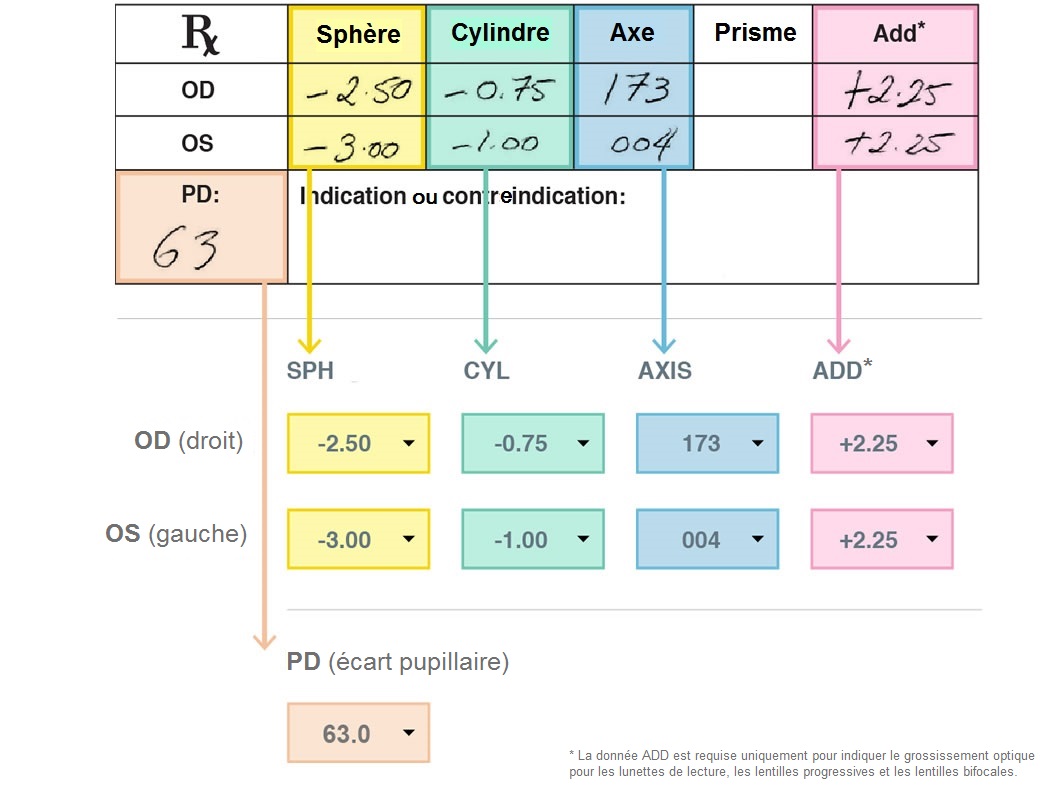
What is the difference between progressive, bifocal and single vision glasses?
The differences between each type of glasses are not always clear. To understand how to correctly read a prescriptions for glasses, here is an overview of the main categories of lenses that can be written on your prescription.
1. Single vision lenses: a large majority of glasses come with single vision correction. This common type of lens is generally used to correct nearsightedness, farsightedness or used as reading glasses.
2. Bifocal lenses: these glasses come with two vision corrections. One is on the lower part of the lens to help you read or see from near, and the other on the upper part includes a distance prescription.
3. Progressive lenses: multifocal lenses offer multiple corrections in one pair. These prescriptions have a no-line lens and offer intermediate distance vision, which can be adapted for certain specific uses, such as computer work.
Special features on my prescription
You may also find additional information on your glasses prescription such as the suggestion of certain types of lens coating and special comments from your optometrist.
1. Lens designs on a prescription indicate your eyesight requirement, detailing the lens’ design and function (single, progressive, bifocals…). Occasionally, you’ll see a specific brand of progressive or single vision lens written on the prescription itself. This is most often a recommendation based on a brand the doctor’s office carries. If you have questions about anything on your prescription, feel free to give a call to our customer service team.
2. Vision enhancement: a special treatment for one or both lenses used to improve vision and clarity through your glasses. You could find different options such as:
a. Anti-reflective coating: enhances clarity and concentration by allowing more light to come in and reduces reflection.
b. UV protection: to prevent your eyes from being damaged by the sun’s UVs, your lenses can come with special anti-UV treatment.
c. Transitions: these lenses are equipped with a technology that adjusts your glasses’ tint according to the light. When the sun comes up, your glasses turn into sunglasses!
d. Polarized: improved glass technology designed to filter and reduce glare. Polarized lenses offer more clarity and a sharper vision to their wearers.
e. Clip-on glasses: additional lenses that can be adjusted on top of your prescription glasses. They can be polarized and come in various formats..
f. Blue light blocking glasses: a special coating that filters out UV and blue-violet light emitted from the sunlight and artificial light sources, which can be worn as your regular glasses for all your routine activities, indoors and outdoors. Clearly’s blue light glasses are also scratch-resistant and anti-glare to offer you clear and sharp vision.
How do I read my contact lens prescription?
Remember: glasses and contact lens prescriptions are different.
If you want to purchase contact lenses, you’ll need a specific prescription from your eye care professional. In addition to the general parameters that we’ve mentioned, a contact lens prescription will include a Base Curve and a Diameter.
The differences: Base curve (BC) and diameter (DIA)
If you’re not sure whether you have an eyeglass or contact lens prescription, verify whether your prescription includes:
1. Base Curve (BC): the number that indicates your contact lens’ shape. According to the steepness or flatness of your cornea, your prescription indicates how large your contact lens should be.
2. Diameter (DIA): a number indicating your contacts’ length to make sure they’ll cover your cornea properly.
3. Brand: your eye doctor will determine the appropriate brand and type of contact lenses for you, according to your preferences and specific requirements.
4. Expiration date: your eye care professional will determine an expiry date for your prescription. Past that date, you’ll require a new prescription for contact lenses. These are generally set annually.
5. Corrective power: these are the numbers associated with the actual power needed in your lenses. These numbers often change (or disappear) between your glasses prescription and your contact lens prescription, especially with higher powers.
If you find the information displayed above on your prescription, you have a contact lens prescription.
Both the Base Curve (BC) and Diameter (DIA) of a contact lens ensures a proper fit on your cornea and total eye surface. Those features ensure comfort and encourage eye health, including allowing proper oxygen to the eye. You’ll also need this information if you want to order contact lenses online.
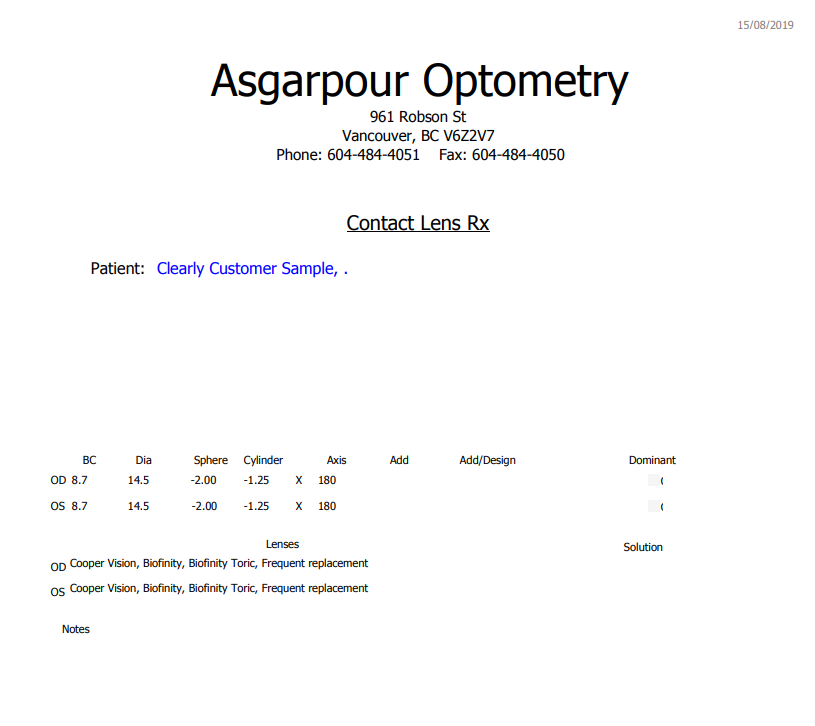
Do you have a valid eye prescription and are ready to shop?
Now that you understand how your eye prescription works, you can learn how to buy glasses online at Clearly.
Pick a pair of frames online and enter your prescription details. You’ll soon be rocking a pair of glasses that look great and make everything around you look great as well. Click to browse our collection of stylish and affordable glasses.
Fancy getting contact lens delivered straight to your door? Click to check out our wide selection of contact lenses.
Have more questions? We have various other ways to help you read your eye prescription. Contact us by email, live chat or phone.






